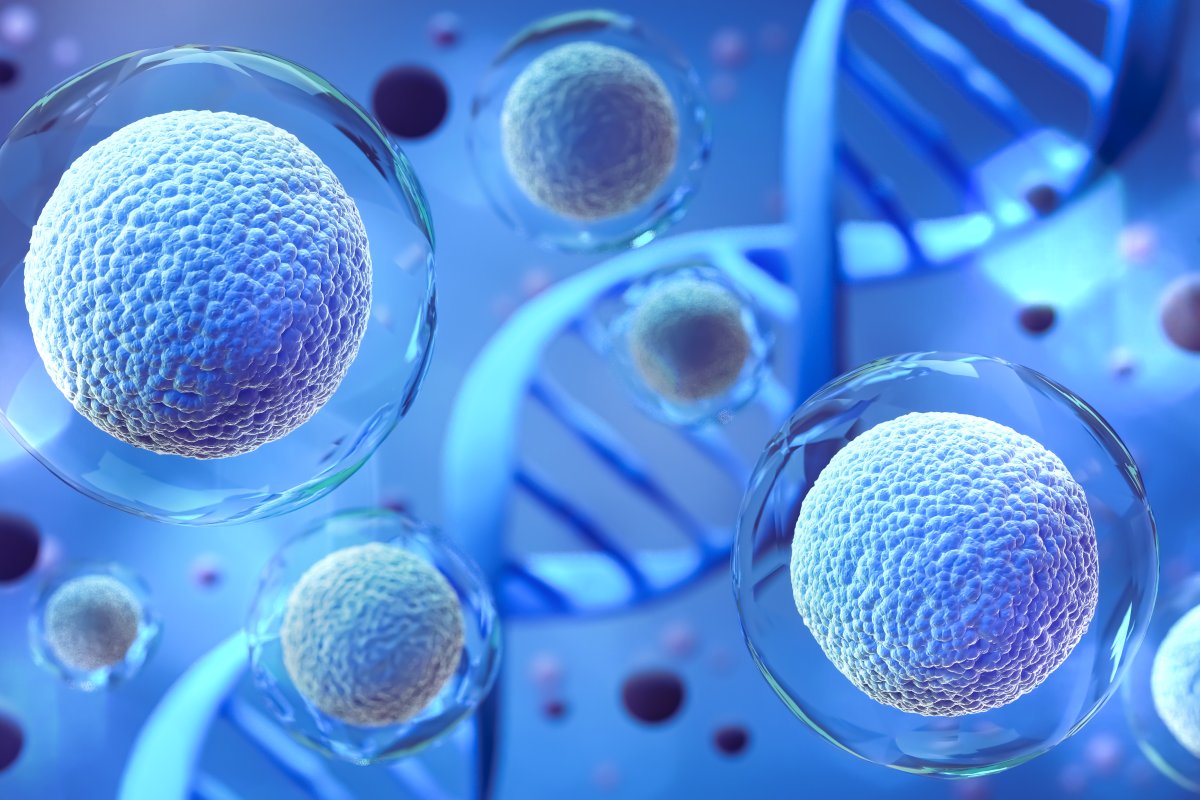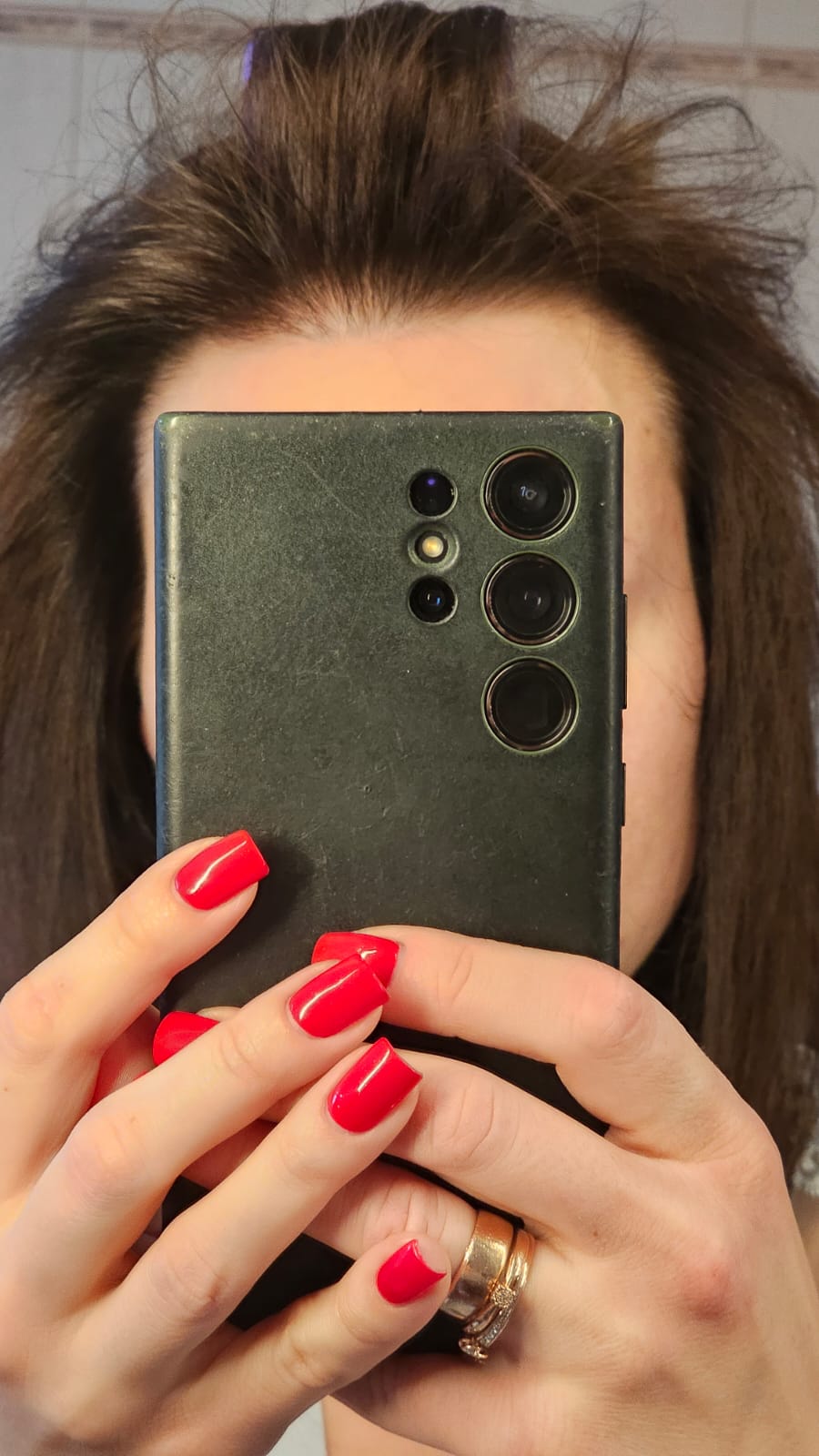
Steam cells
Stem Cells for Recovery and Rehabilitation: A New Frontier in Regenerative Medicine
Stem cell therapy has emerged as a groundbreaking option for recovery and rehabilitation, offering new hope for patients suffering from a wide range of injuries and chronic conditions. Stem cells, known for their remarkable ability to differentiate into various cell types, are revolutionizing the way we approach healing and tissue repair. From sports injuries to neurodegenerative diseases, the potential of stem cells in rehabilitation is unlocking possibilities once considered impossible in the realm of traditional medicine.
1. What Are Stem Cells?
Stem cells are undifferentiated cells that have the unique ability to develop into many different types of cells in the body, such as muscle cells, nerve cells, and blood cells. There are two main types of stem cells: embryonic stem cells and adult stem cells (which include mesenchymal stem cells). In regenerative medicine, adult stem cells, particularly mesenchymal stem cells (MSCs), are commonly used because they can be harvested from the patient's own body (from bone marrow or fat tissue), minimizing the risk of rejection or complications.
The key feature of stem cells is their ability to self-renew and differentiate. When introduced into damaged tissue, stem cells can promote healing by regenerating new, healthy cells and stimulating the body's natural repair mechanisms.
2. Stem Cells in Recovery and Rehabilitation
Stem cell therapy is being explored in various fields of medicine, particularly in injury recovery and rehabilitation. By harnessing the body's natural ability to repair itself, stem cells have shown promise in the following areas:
Stem cells have gained popularity in treating orthopedic conditions such as tendon injuries, osteoarthritis, and cartilage damage. For example, patients with degenerative joint diseases, like arthritis, have seen significant improvements in joint function and pain reduction after stem cell therapy. In this context, stem cells are injected directly into the affected area to promote the regeneration of cartilage and reduce inflammation, which can lead to improved mobility and less pain.
In sports medicine, stem cell therapy is increasingly used to accelerate recovery from ligament and tendon injuries, such as torn ACLs or rotator cuff injuries. Athletes benefit from quicker recovery times, allowing them to return to their sport with reduced risk of long-term damage.
In conditions like stroke, traumatic brain injuries, and neurodegenerative diseases (such as Parkinson’s and multiple sclerosis), stem cells offer the potential to repair damaged neurons and improve neural function. While research is still ongoing, studies suggest that stem cells may help regenerate neural tissue, reduce inflammation in the brain, and improve motor function in patients recovering from neurological events.
In stroke recovery, for instance, stem cells can help repair brain damage by promoting the growth of new neurons and blood vessels, potentially leading to faster rehabilitation outcomes and improved quality of life.
After a heart attack, the heart muscle can become damaged and lose its ability to pump efficiently. Stem cell therapy aims to regenerate heart tissue, improving heart function and preventing further damage. Studies have shown that stem cell treatments can reduce scar tissue in the heart, improve blood flow, and enhance overall cardiac function. Patients recovering from heart attacks or heart failure may benefit from stem cell therapy by improving their physical capacity and reducing the risk of future cardiovascular events.
Conclusion
Stem cell therapy represents a revolutionary approach to recovery and rehabilitation, offering new possibilities for patients who have exhausted conventional treatment options. Whether it's helping an athlete recover from an injury or aiding a stroke survivor in regaining lost function, stem cells are unlocking the body’s potential to heal itself. As research progresses, the use of stem cells in regenerative medicine will likely expand, giving patients even more options for a full and effective recovery.
Stem cells hold the promise of changing the way we approach healing—making recovery faster, less painful, and more comprehensive than ever before.






